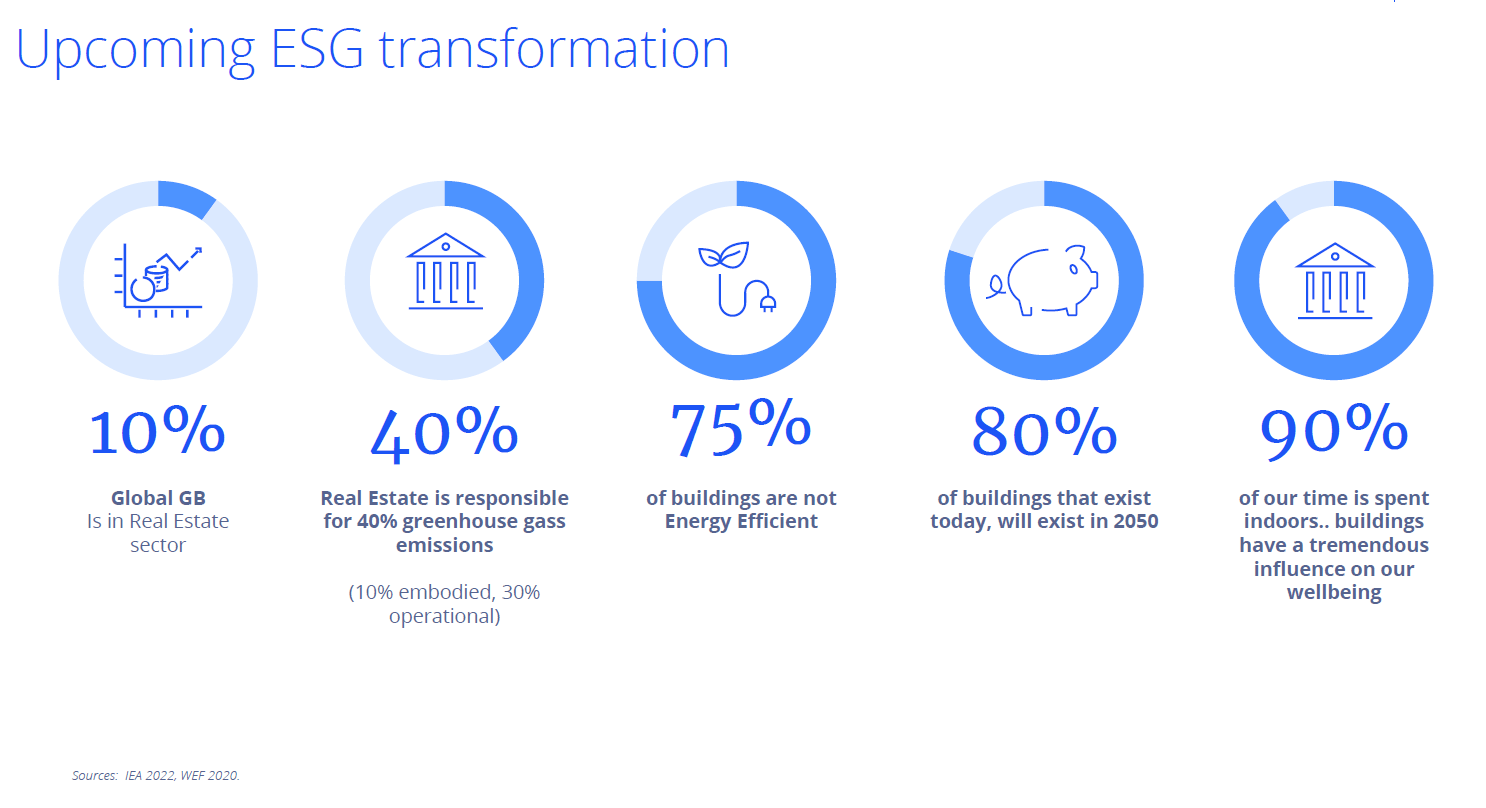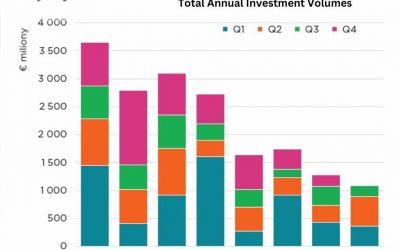How quickly is carbon footprint reporting scaling up?
The European Union made carbon footprint reporting mandatory. The CSRD (Corporate Sustainability Reporting Directive) defines who needs to report and what the reporting should cover. Until now, that’s only been for the biggest companies — about 11,000 companies in the EU. From 2025, companies that employ over 250 people and generate over €50 million in revenues will also have to report. That means that by 2025, over 50,000 companies will have to send in their reports for 2024. After that, smaller business will join the reporting too. No official timeline was given yet.
 How detailed is it?
How detailed is it?
Extremely detailed. Greenhouse Gas Emissions (the carbon footprint) is broken into 3 categories, or “scopes”. Scope 1 addresses your direct emissions from company owned facilities and vehicles. Scope 2 covers your company’s own electricity, heat and gas use, while Scope 3 covers all indirect emissions: it’s a wide look at impact of your business, which covers leased assets, waste production, transportation and distribution, business travel, and even employees commuting.
What sort of data do landlords need to be prepared to provide their tenants?
The number one issue for office buildings is energy, heat and gas consumption along with water consumption and waste production. All those media need to be metered. Actually, one of the things that the Smart Score (a global certification for smart buildings) describes in a clever way is how to digitalize this data — how to organize it and deliver to occupiers. For example, when you do energy management you should really know how much energy your building is using by categories, such as heating, cooling and elevator systems. You should also know how much energy your tenants use just by plugging into the sockets. This data needs to be kept separate, because to improve things, you need to know the source of your consumption. Lots of building over-consume energy for cooling, but technology can help with that. If we add smart systems that help analyze people flow in the building, savings can reach 40%.
It’s 2024. We’ve had smart phones for a decade. BIM has existed for two decades. Why is digitization and data collection still so difficult for real estate?
Change takes time. And if you’re thinking about how many older buildings there are, in Poland only 25% of buildings are younger than 7 years. Anything older than that and the buildings are considered technically aging, because the BMS system probably isn’t ready for the ESG transformation and the building doesn’t really have smart meters and submeters. Additionally, there’s a high chance that the access control system isn’t ready for mobile credentials, Apple Wallet and all the things we need data from. It’s really time to start.
 Many people are complaining that this push to sustainability is making the European Union uncompetitive and that enforcing these regulations isn’t feasible.
Many people are complaining that this push to sustainability is making the European Union uncompetitive and that enforcing these regulations isn’t feasible.
I really see the market as being divided into Innovators, Early Adapters, Early Majority, Late Majority and Laggards. It’s the technology adoption curve. The role of the innovators and early adapters is to set the right standards. Do you want to position yourself as leader? Or as a follower? The others will follow too and then, together we can finally have a positive impact on the planet.
How difficult will this be for older, historic buildings?
It’s not so simple, as every existing building is different, so knowledge and experience are needed. I think the market is still learning how to handle retrofits. Some buildings are in a better situation because not everything has to be replaced. Some can reuse the existing cabling, for example. You can add new meters, or keep the old ones but add smart additions to them. There’s a Scandinavian company that invented a meter that’s takes readings from old water meters and sends the data to the cloud. That means you don’t have to rebuild anything. But sometimes you need to pull all the guts out and do a full refurbishment. The European Union has calculated we need to refurbish 3% of buildings each year to achieve energy efficiency targets by 2050.
Ultimately, isn’t improving an existing building better from a carbon footprint standpoint more environmentally friendly than building a new, carbon neutral one?
Absolutely. Because most of the embedded carbon is in the concrete. So, let’s keep the concrete frame and put new solutions inside and maybe make the facade more efficient so it has better heat retention scores. But the structure should be kept if possible. Also, retrofit projects are way more fun because you’re working with some limitations, meaning you have to be more creative than if you’re building from scratch. There’s a wave of occupiers who appreciate retrofits more than new buildings, especially if they can use something that has a story.
Also in ThePrime





